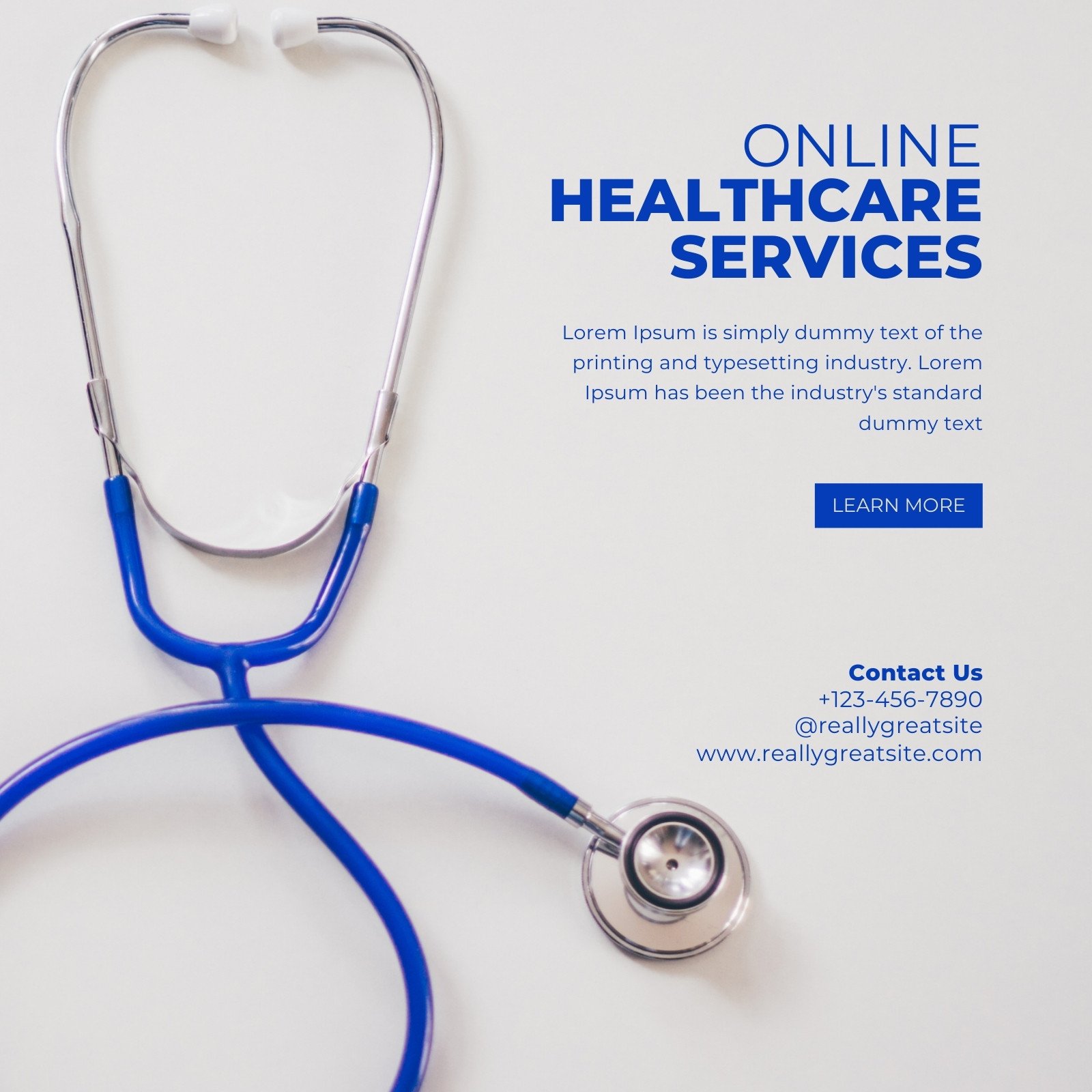How Subscription Based Healthcare is Transforming Patient Access to Services
Wiki Article
Just How Subscription-Based Healthcare Is Revolutionizing the Clinical Sector

The Increase of Membership Health Care
In recent times, the medical care sector has actually witnessed a considerable shift towards subscription-based designs, showing wider consumer trends favoring comfort and predictability. This makeover is driven by the raising need for even more accessible and customized care solutions. Subscription medical care, occasionally described as attendant medication or direct health care, offers patients a set month-to-month charge for a series of medical solutions, dramatically modifying standard fee-for-service designs.The rise of subscription medical care is promoted by innovations in innovation, which allow streamlined interaction between patients and service providers - subscription based healthcare. Digital systems and telehealth services have actually ended up being important, offering patients the capability to set up visits, gain access to clinical records, and receive appointments online. This technological integration not just enhances person interaction yet likewise allows suppliers to provide extra effective treatment
Additionally, the registration design aligns with the advancing expectations of people who look for even more control over their healthcare expenditures and experiences. By eliminating the changability of co-pays and insurance claims, subscription-based medical care provides a clear and straightforward approach. While this design is obtaining traction, its spreading faces difficulties such as governing hurdles and the requirement for more comprehensive approval within the conventional health care ecological community. Nevertheless, its expanding visibility notes a zero hour in the advancement of medical care delivery.
Advantages for People and Providers
Subscription-based health care uses a wide variety of benefits for both clients and companies, reshaping the dynamics of clinical treatment. For clients, this model provides boosted accessibility to health care services. With a foreseeable month-to-month charge, patients can enjoy endless examinations, minimized wait times, and individualized treatment. This arrangement often brings about a much more proactive strategy to health and wellness management, allowing for prompt interventions that can prevent persistent conditions from rising. The financial openness of subscription versions reduces the changability associated with standard fee-for-service invoicing, relieving the problem of unexpected medical expenditures.For doctor, subscription-based models foster a more rewarding and sustainable method. By safeguarding a steady income stream, suppliers can concentrate on supplying top quality care without the pressure of volume-based service. This design urges longer person consultations, fostering stronger patient-provider relationships and enhancing health and wellness results. In addition, it offers companies the flexibility to introduce and incorporate holistic and precautionary treatment practices. Administrative tasks are typically streamlined, minimizing above expenses and allowing companies to devote more time to patient communication. Generally, subscription-based health care lines up the rewards of clients and companies, promoting an extra effective and patient-centered healthcare distribution system.
Secret Attributes of the Model
Frequently, the crucial functions of the subscription-based medical care design emphasize its unique strategy to delivering medical solutions. Central to this version is the concept of predictable, regular monthly settlements, offering patients a detailed series of solutions without the unpredictability of conventional fee-for-service frameworks. This version frequently includes unlimited access to health care solutions, preventative treatment, and routine check-ups, making sure that people can engage with their doctor proactively as opposed to reactively.
In addition, straight interaction networks, such as telemedicine and messaging systems, are stressed, permitting people to obtain read more prompt suggestions and consultations without needing in-person appointments. This enhances ease of access and benefit, particularly for individuals with movement constraints or those residing in remote locations. The version additionally cultivates more powerful doctor-patient connections, as health care companies are incentivized to concentrate on long-term wellness end results instead of short-term check outs.
Furthermore, subscription-based healthcare frequently integrates technological developments, such as digital health documents and health and wellness surveillance apps, to provide reliable and individualized care. Patients gain from collaborated and continuous treatment administration, which is customized to their certain health demands. Eventually, these features collectively develop a patient-centered health care experience, focusing on availability, cost openness, and preventive treatment.

Challenges and Factors To Consider
While the subscription-based healthcare version uses various benefits, it is not without its difficulties and considerations. One substantial difficulty is ensuring fair access. Registration designs might unintentionally favor those with higher socioeconomic status, possibly widening variations in healthcare gain access to for lower-income people who might battle with monthly charges. This elevates ethical problems about inclusivity and equity in medical care delivery.Another challenge hinges on regulatory compliance. Subscription-based health care has to navigate a complex web of laws that vary by region, including problems around individual discretion, data security, and state licensing demands. Ensuring conformity without restraining the model's versatility and development can be discouraging for suppliers.
In addition, there is the threat of overutilization or underutilization of solutions. Patients paying a repaired fee might overuse services, resulting in enhanced operational costs, while others might underutilize due to fear of straining the system, potentially disregarding essential treatment.
Future Leads and Innovations
The landscape of subscription-based medical care is positioned for improvement with emerging developments and evolving prospects. As technology remains to breakthrough, the combination of expert system and artificial intelligence presents substantial possibilities to improve diagnostic precision and simplify individual management. Predictive analytics can change precautionary care by recognizing prospective health threats before they manifest, therefore minimizing both costs and the burden on medical care systems.Additionally, telemedicine is readied to increase within membership models, offering people enhanced accessibility to health care professionals no matter of geographical constraints. This not just helps with connection of care yet likewise encourages individuals to engage more proactively in their health and wellness administration. Additionally, blockchain technology offers see here now prospective in securing individual information and making sure interoperability throughout platforms, cultivating trust and openness.
The development of customized medication is an additional frontier, with membership versions providing a special structure for delivering tailored wellness solutions. Genetic screening and tailored treatment plans can be effortlessly incorporated, aligning client requires with details clinical interventions. Additionally, collaborations in between technology companies and doctor are likely to produce ingenious options, boosting patient experiences and outcomes. As these potential customers emerge, subscription-based health care has the prospective to redefine exactly how care is provided and accessed.
Conclusion
Subscription-based medical care is transforming the clinical industry by using a more easily accessible, predictable, and patient-centered technique to medical services. Regardless of challenges such as governing hurdles and prospective differences in access, the membership model holds guarantee for an extra effective and customized healthcare experience.Registration medical care, sometimes referred to as attendant medication or direct key care, uses people a fixed regular monthly cost for an array of medical services, substantially modifying traditional fee-for-service designs.
Additionally, the registration model aligns with the developing assumptions of individuals you could try this out that look for even more control over their medical care expenses and experiences. For patients, this model offers improved accessibility to health care solutions. On the whole, subscription-based medical care straightens the incentives of patients and suppliers, advertising an extra reliable and patient-centered medical care distribution system.
In addition, telemedicine is established to increase within membership designs, offering clients enhanced access to healthcare professionals no matter of geographical restraints. - subscription based healthcare
Report this wiki page